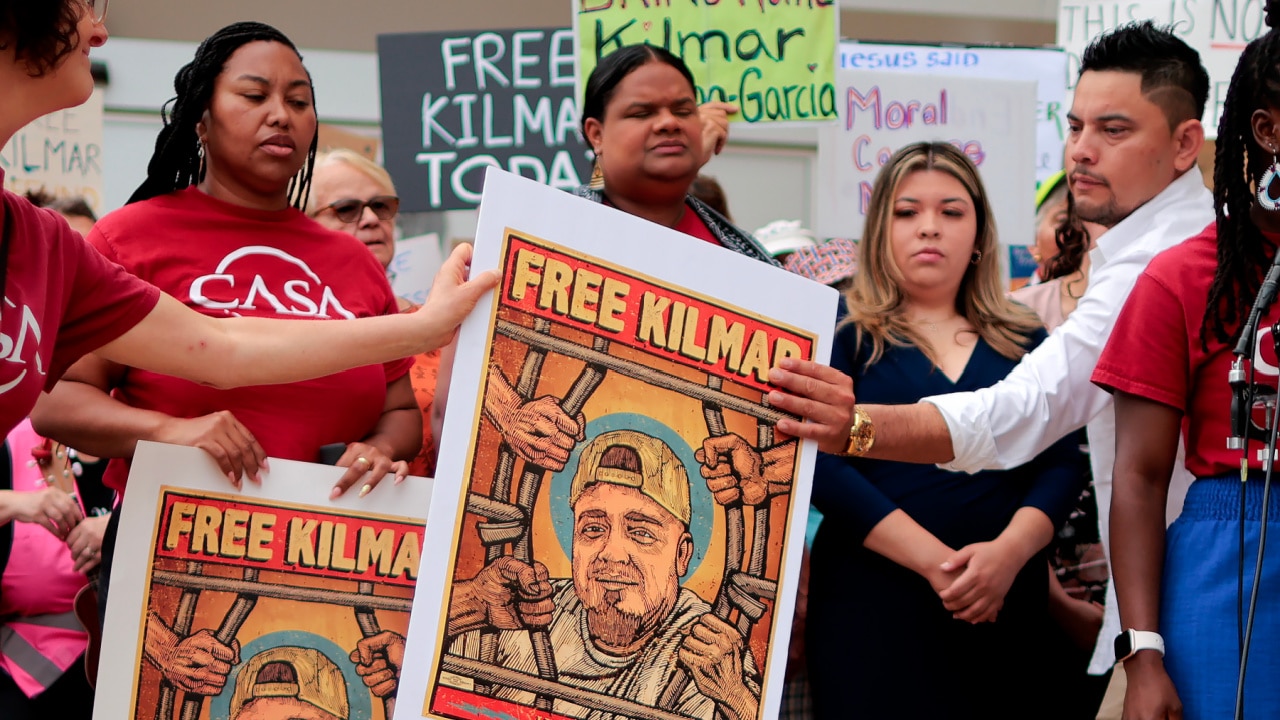Latino Consumers Are Spending Less on Groceries—and Brands Are Starting to Feel It
The grocery cart is getting lighter, and the reasons behind it are more complicated than just inflation.
For decades, Latino consumers’ spending has been the driving force behind some of the most recognizable grocery brands in the U.S. But recently, that trend has started to shift. According to recent earnings calls reported by CNBC and NBC News, Latino spending on everything from soda to cooking oil has slowed, putting pressure on major consumer goods companies like Coca-Cola, Keurig Dr Pepper, and Constellation Brands.
Latino households represent a massive portion of the U.S. consumer base—about 20% of the total population, per the U.S. Census Bureau. In fact, market research from Circana shows that Latinos consistently outspend non-Hispanic consumers on packaged goods. But according to Constellation CEO Bill Newlands, “a lot of consumers in the Hispanic community are concerned right now,” especially when it comes to immigration and job insecurity.
Immigration fears are impacting how Latino consumers shop
Executives across multiple sectors are tying the slowdown in spending to broader political concerns—namely, immigration. Constellation Brands, which owns Modelo and Corona, pointed to both economic pressure and rising fears around enforcement. “Over half [of Latino consumers] are concerned relative to immigration issues,” Newlands said during an April earnings call. “They’re concerned about job losses in industries that have a high Latino employment base.”
Boston Beer Company, which owns Sam Adams, also reported a decline in consumption, attributing it to waning consumer confidence and fewer social gatherings—spaces where beer is traditionally consumed within Latino communities.
And it’s not just alcohol. Keurig Dr Pepper, which owns brands like Squirt and Clamato, said Latino shoppers are making fewer grocery trips and spending less per visit. Coca-Cola noted that social media rumors about the company reporting undocumented workers to ICE—rumors that were later debunked—still led to boycotts and significantly impacted traffic in Southern states.
Latino consumers are shifting how they engage with familiar brands
The impact goes beyond drinks and into staple products. Associated British Foods reported a dip in sales of Mazola, the top-selling cooking oil in the U.S., specifically because its core customer base—Latinos—are pulling back. “It feels really recessionary in parts of the U.S. market,” CEO George Weston said.
Colgate-Palmolive also pointed to a decline in traffic from Latino consumers across its product lines, and reported a 2.3% drop in North American volume in the first quarter.
Even with these changes, some companies remain publicly unfazed. Walmart CEO Doug McMillon called the impact a “non-event” during a February earnings call. But other brands, like Coca-Cola, are shifting strategy to “win back” Latino consumers in the next quarter.
What this slowdown says about trust, fear, and spending power
The Latino economy reached $3.6 trillion in 2022, according to the Latino Donor Collaborative. But when immigration policy tightens and rhetoric intensifies, consumer behavior shifts—even in the grocery aisle.
Whether it’s fear of ICE, rising unemployment, or growing political disillusionment, the message from Latino shoppers is clear: this community is powerful, loyal, and willing to show its frustration where it counts—in their spending.




